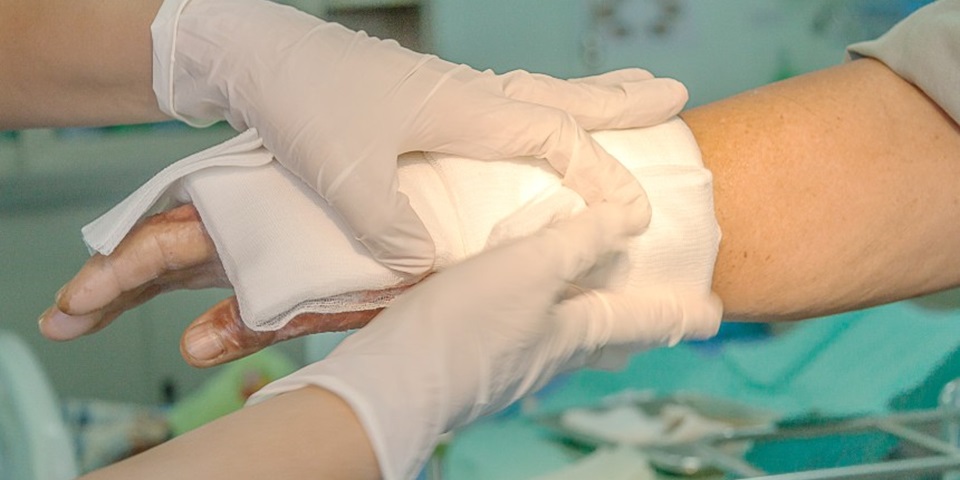News
Speeding up functional recovery for burn survivors

Murdoch researchers are investigating changes that occur in the brain following acute burn injuries to inform targeted interventions, and improve functional recovery in burn survivors.
There is no question that burns are a painful experience, no matter the severity. In some cases, it can lead to long-term functional impairment and increased risk of chronic disease.Non-fatal burns are the leading cause of morbidity globally, including prolonged hospitalisation, disfigurement and disability, and can bring on unwanted stigma and rejection. This is why recovery is so important.
Dr Ann-Maree Vallence from Murdoch University is investigating changes that occur in the brain following acute burn injuries to determine whether targeted interventions can improve functional recovery in burn survivors.
Dr Vallence is a member of the Centre for Healthy Ageing and Centre for Molecular Medicine and Innovative Therapeutics situated under the Health Futures Institute.
“The brain is constantly changing in response to our experiences and stimuli in our environment – a process known as neuroplasticity,” she said.
“We have already started investigating whether the traumatic impact of burn injury is likely to drive neuroplasticity. The pilot work has shown us that enhanced neuroplasticity is associated with functional recovery 12 weeks after burn injury.
“However, neuroplasticity can be either adaptive, meaning it is functionally beneficial, or it can be maladaptive and perhaps one of the reasons why people don’t recover well.”
The four-year project aims to identify the early signs of adaptive versus maladaptive neuroplasticity following burn.
“This information will be used to design targeted interventions aimed at reducing pain and improve functional outcomes in burn survivors, like their ability to perform everyday tasks including writing or driving,” said Dr Vallence.The team will perform an intervention called transcranial magnetic stimulation, which is a non-invasive brain stimulation protocol used to increase or decrease the excitability of the stimulated brain region.
“We will assess levels of pain, voluntary movement, and neuroplasticity in motor areas of the brain in burn survivors, before and after the intervention.”
Dr Vallence expects the project will provide proof-of-concept evidence to develop and trial targeted rehabilitation interventions in the future.
Our hope is these interventions will help to drive functionally beneficial neuroplasticity to improve sensory and motor outcomes and reduce chronic morbidity.”“And ultimately improve the quality of life for burn survivors.” The four-year project has been awarded more than $600,000 by the Australian National Health and Medical Research Council as part of the Ideas Grant scheme to support innovative research projects.
Co-investigators on the project include Professor Merrilee Needham from Murdoch University, Professor Fiona Wood from the University of Western Australia and the Fiona Stanley Hospital and Dr Dale Edgar from the University of Notre Dame.